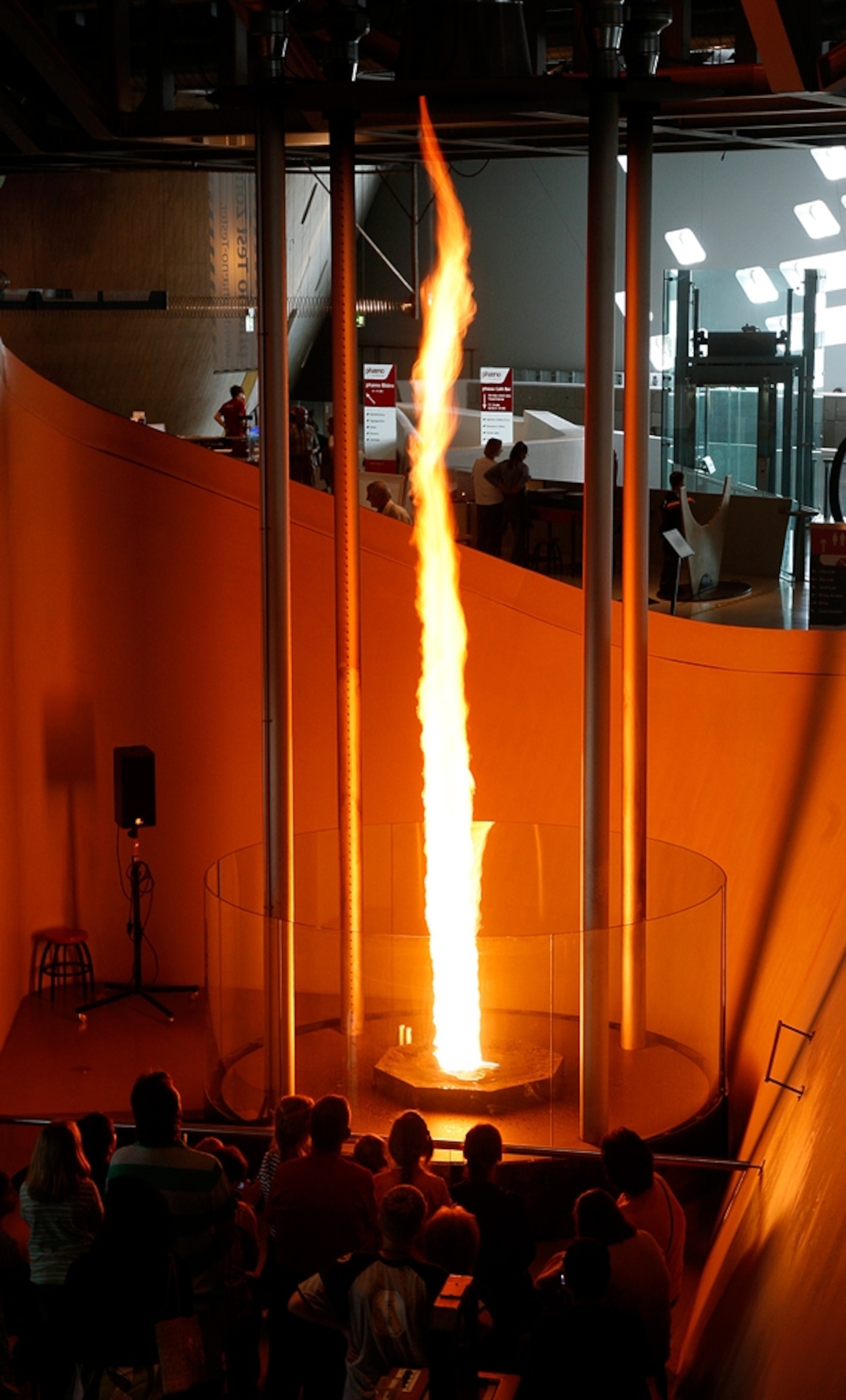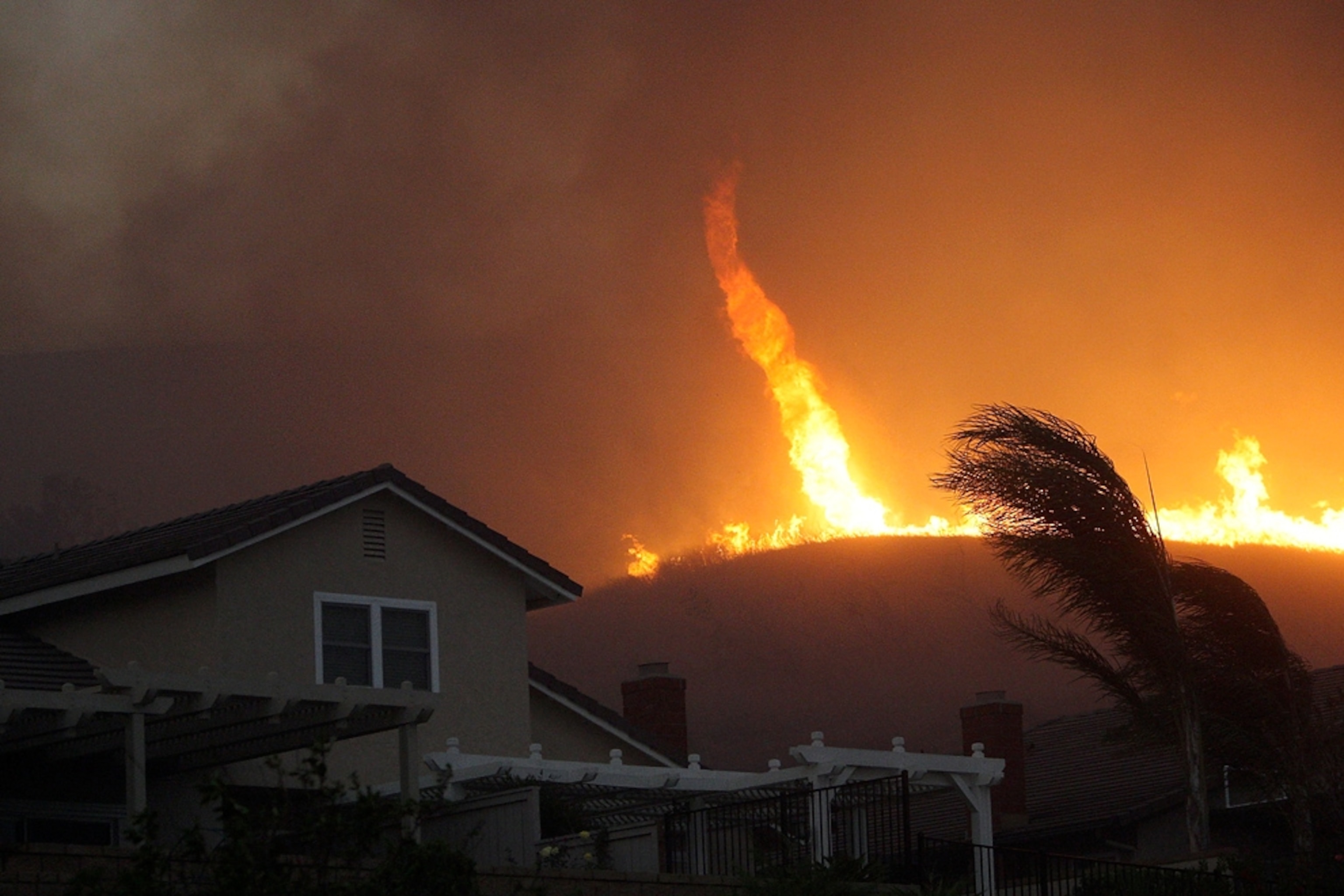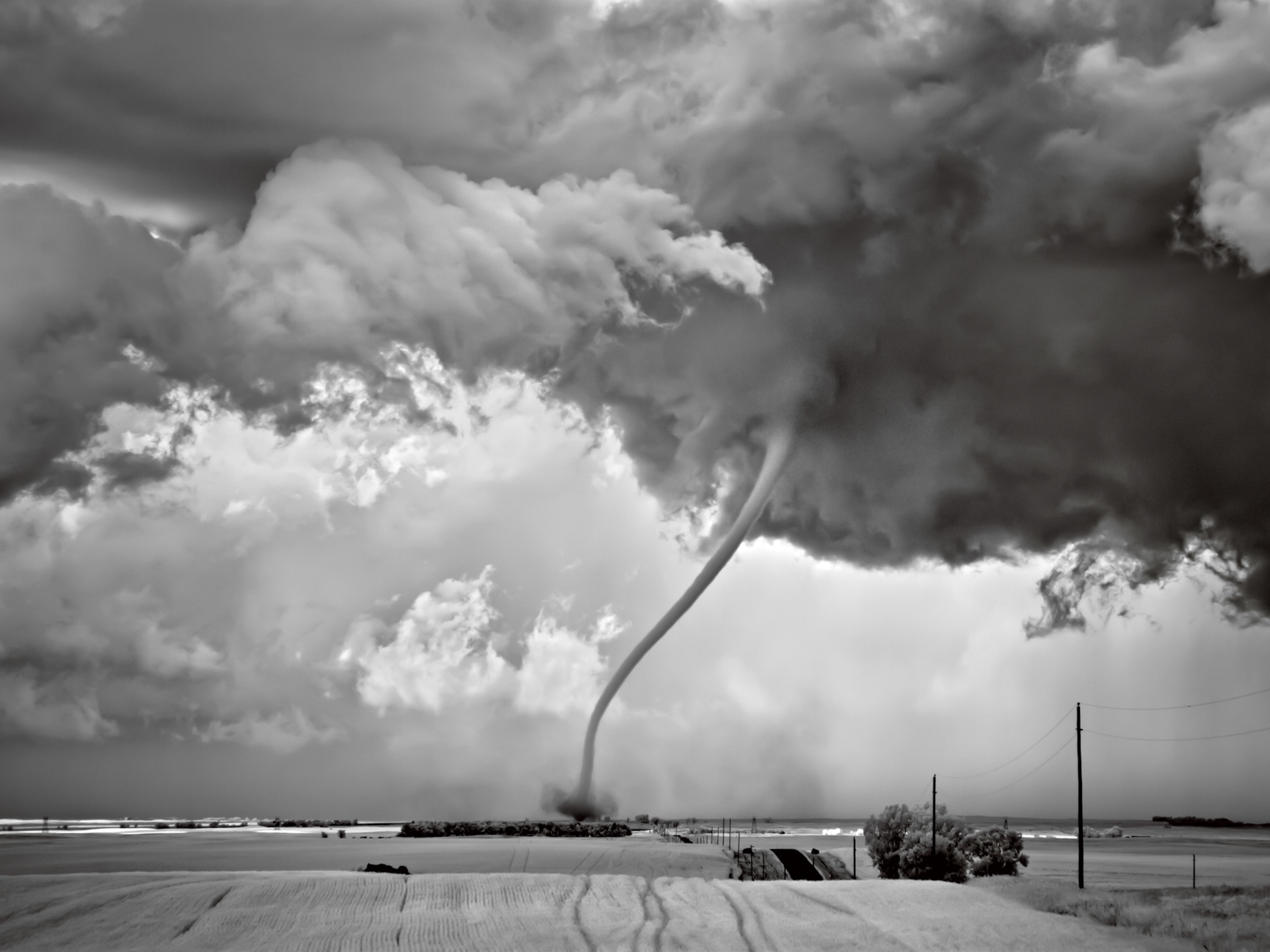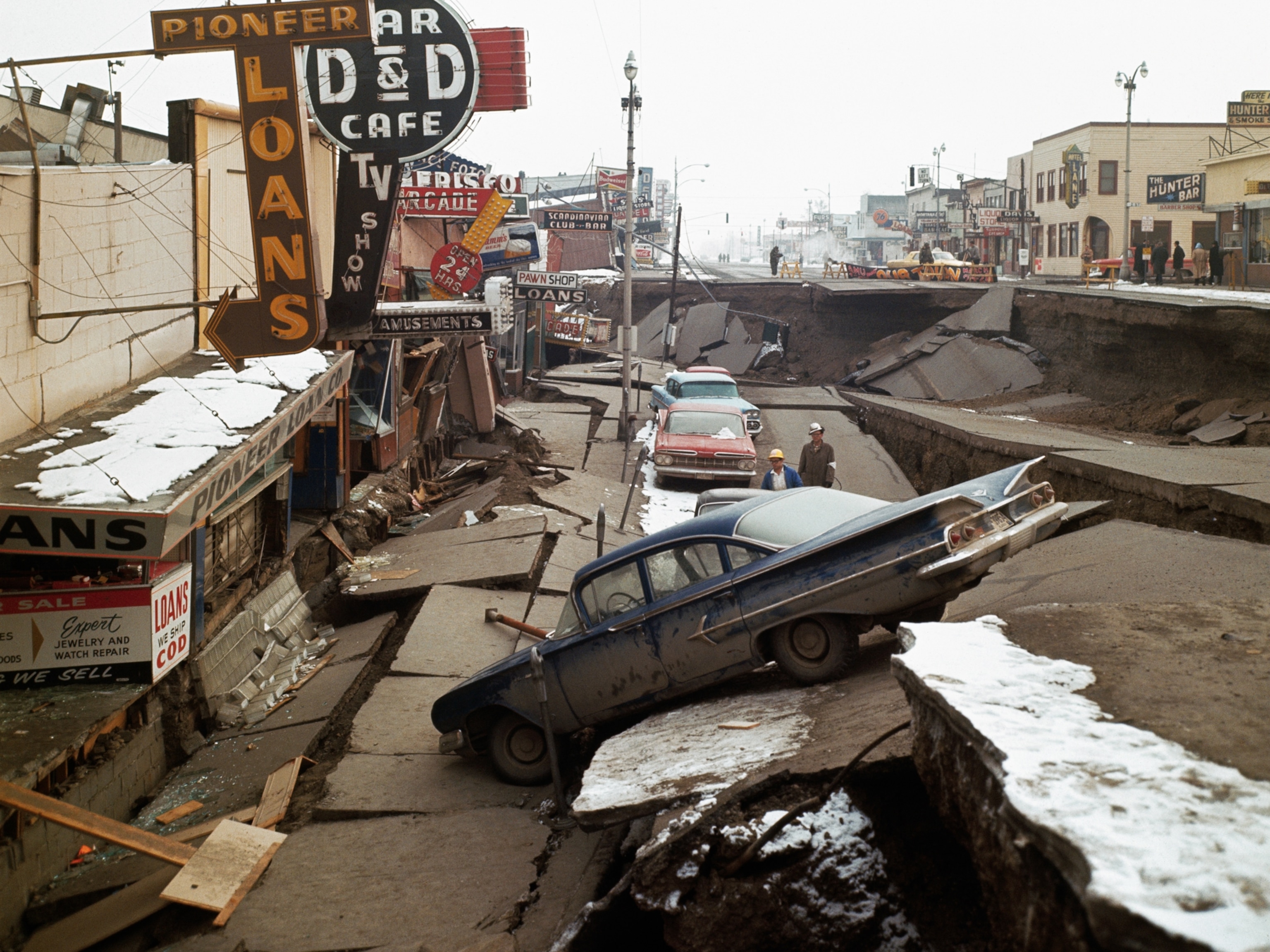Photograph courtesy Hawaii Department of Land and Natural Resources
Fire-Tornado Pictures: Why They Form, How to Fight Them
Recent "firenadoes" in Brazil and Hawaii aren't rare, just rarely reported, an expert says: Large-scale versions occur once a year in the U.S.
September 5, 2010











